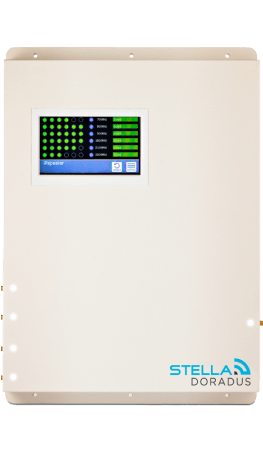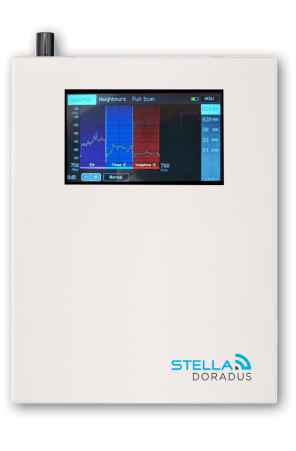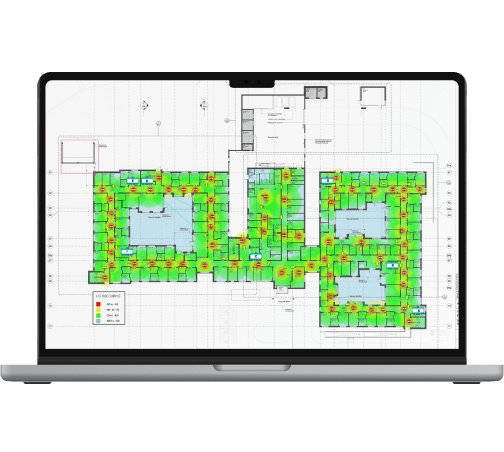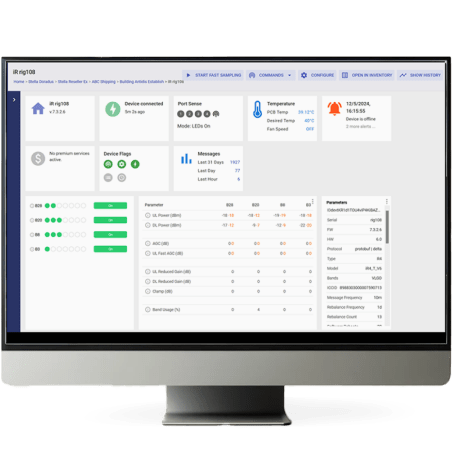You could be forgiven for thinking that not very much has changed within the world of telecommunications in the past few years. Granted, we are seeing the increasing uptake of 4G broadcasts, with more people switching to the technology. But what if 4G does not appeal to your needs? Improved data speeds are great, but are useless if you cannot secure a usable connection to your network provider.
A new development is on the horizon, LTE Direct, and it is set to revolutionise the way mobile devices communicate with each other. LTE Direct is the next step in LTE communication. LTE simply stands for Long Term Evolution, which is the umbrella term used to describe the development plan of 4G technologies.
However, LTE Direct differs from the 4G LTE coverage that network operators such as EE, 3 and Vodafone have been introducing in recent years. This is because LTE Direct functions without the need of mobile operators. It is a game changing concept that allows mobile devices to directly talk to each other, without the need to send a signal to a broadcast tower.
How is LTE Direct made possible?
The technology is based around a newly developed communications chip. In theory, mobile phone manufacturers will have no issue implementing the chip into their latest designs. It is believed the small chip will serve as a more efficient alternative to Bluetooth. Furthermore, LTE Direct has far more uses than Bluetooth, with it being set to completely overhaul how mobile location services operate, as well as how data is transferred between handsets.
LTE Direct is fast, too. It can achieve very good data transfer speeds (with maximum values of 362.4Mb/s download and 86.4Mb/s upload), which is what is expected from something operating within the LTE protocol. These figures are very encouraging – they are advanced enough for LTE Direct to be used for many years to come, which is critical for the overall development of the LTE plan.
The new technology is said to have a range of up to 500 meters. This means that data can be exchanged with any compatible device within this radius. Essentially, this means that if you need to talk to someone close buy, instead of having to call them the traditional way, you can connect to their device directly on a peer-to-peer basis. This effectively removes the ‘middle man’ that is the network operator, with all voice data being transferred directly from handset to handset.
Other than calls, how else could LTE Direct be used?
A practical use for this type of technology, in theory, could be seen within the retail sector. If a shop is running an in store promotion, details of it can be transmitted to shoppers’ phones as soon as they enter the store. This is a fast and efficient way of broadcasting a message, allowing the information to be cast to everyone within the vicinity instantaneously. In another instance, in the case of a fire in a public building, evacuation instructions could be transmitted to all mobile phones within the building. Clearly, when it comes to the distribution of information, LTE Direct is unlike any technology currently on the market. It has a wealth of uses, which are set to benefit personal, business and public users alike.
In addition to this, one of the most exciting uses for the new technology is an improvement in location services. When using LTE Direct, a mobile will be able to determine its location, without needing to connect to GPS. Furthermore, because LTE Direct is made by possible by passing signals directly from phone to phone, location services will also be able to determine where something is located in three dimensions. For example, LTE Direct will be able to determine how high a signal is broadcasting from, which is something current GPS technology cannot do.
LTE Direct is also expected to excel at file transfers. This will make sharing content with family, friends and work colleagues easier than it has ever been, given that they are in range. This also has implications on how much data mobile phones will need transfer through the internet. Transferring files through email or online messaging services could become unnecessary, seeing as the same tasks could be carried out across the LTE Direct network, free of charge and without the need to connect to WiFi. On the whole, this could lead to a reduction in mobile bills.
The whole LTE ecosystem is set to benefit
It may not appear so at first sight, but even network operators could benefit from the roll out of LTE Direct. Networks will be less congested if calls and data transfers are carried out on the LTE Direct network, which in turn, could result in less dropped connections caused by faults with the mobile operator.
The innovation will also benefit those that live in remote villages and suffer from poor network coverage. It will allow all the devices within range to contact each other. However, it will not solve issues with poor network coverage, but it is a step in the right direction and will at least allow people in the same signal not-spot to communicate with one another.
In this scenario, a mobile repeater is still the best solution. This is because, it will still be essential to make calls via the network provider. If the coverage in the area is patchy, a repeater could drastically improve overall connectivity. A repeater, used in tandem with LTE Direct, could finally end the communication issues that frequently occur in rural areas.





